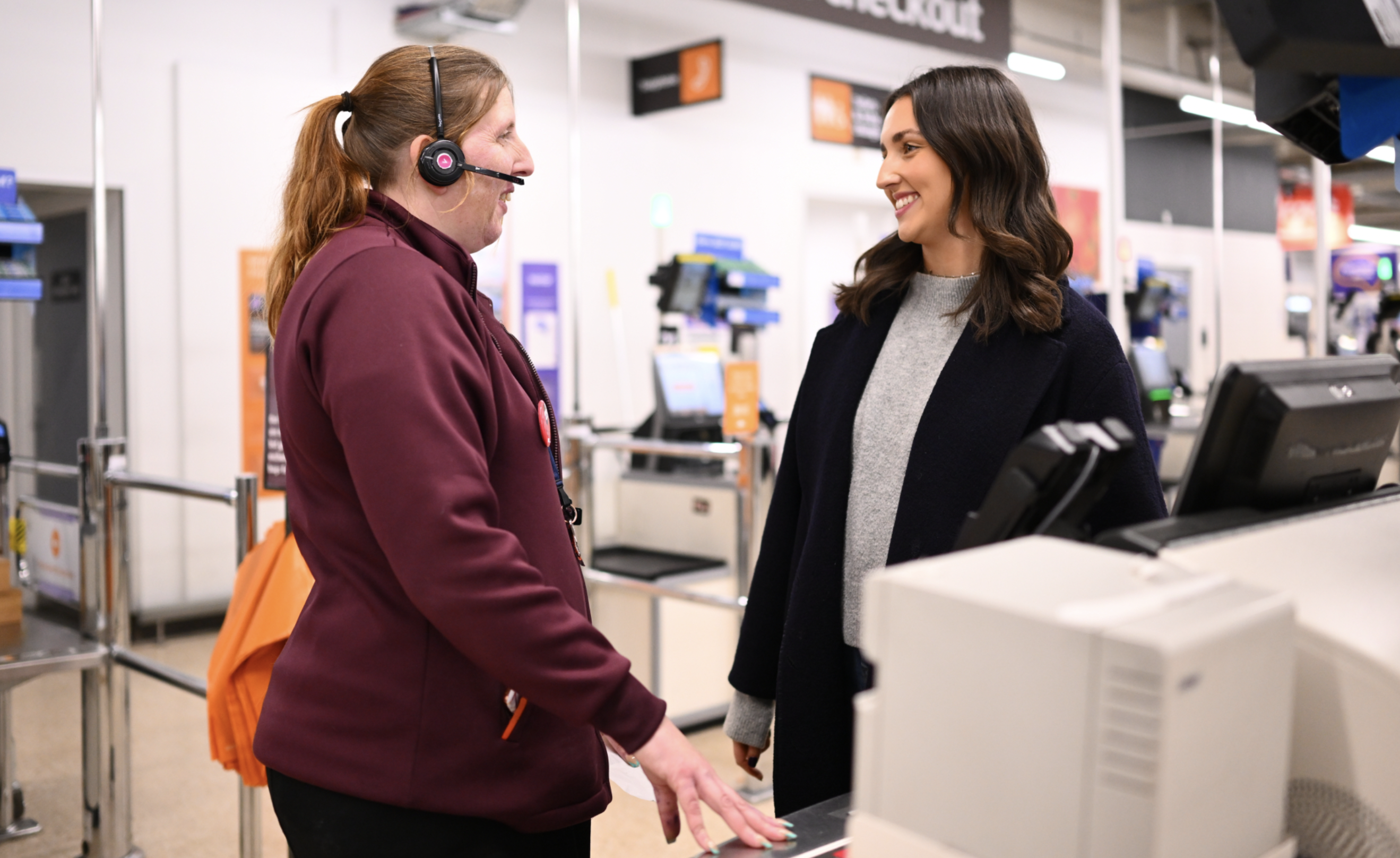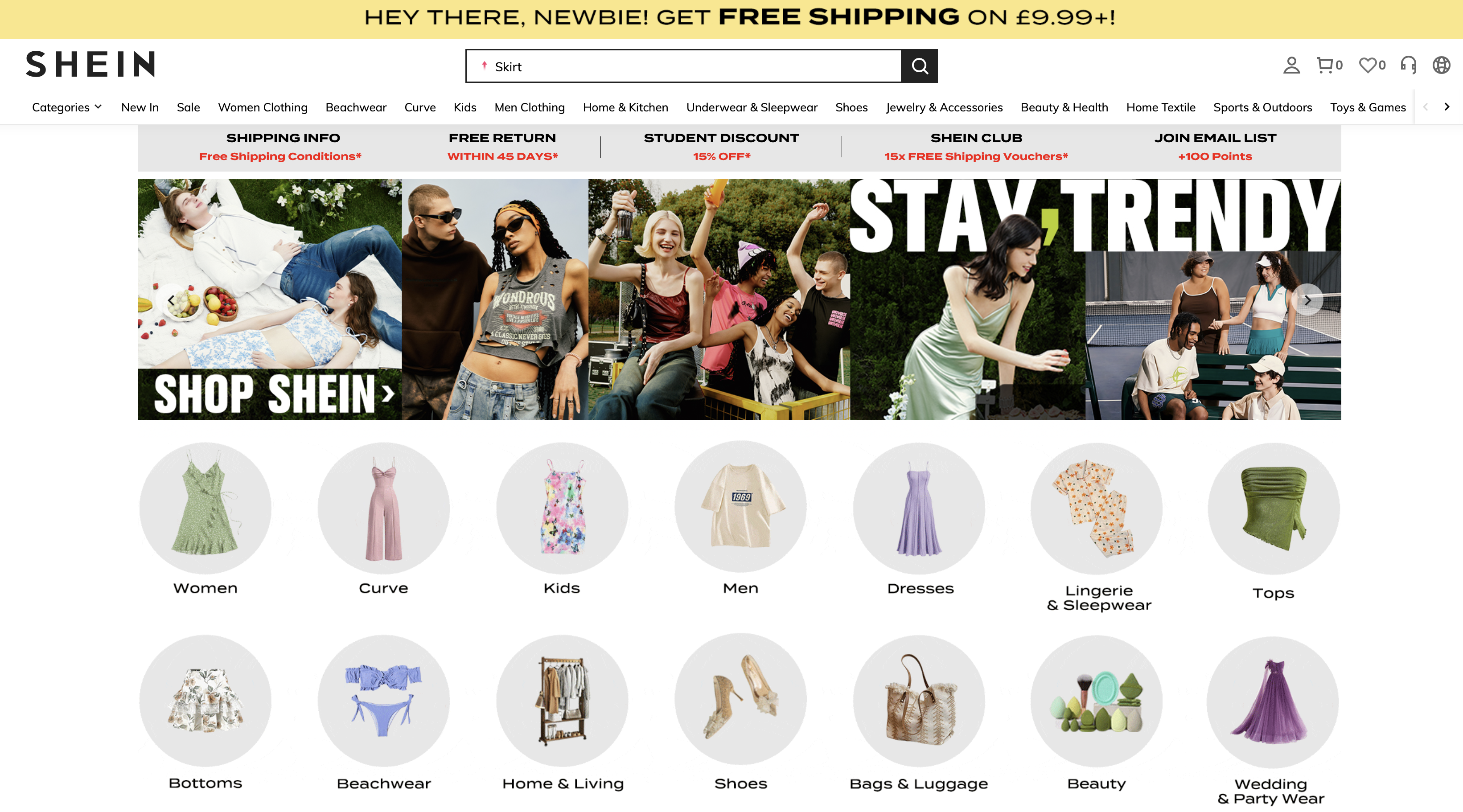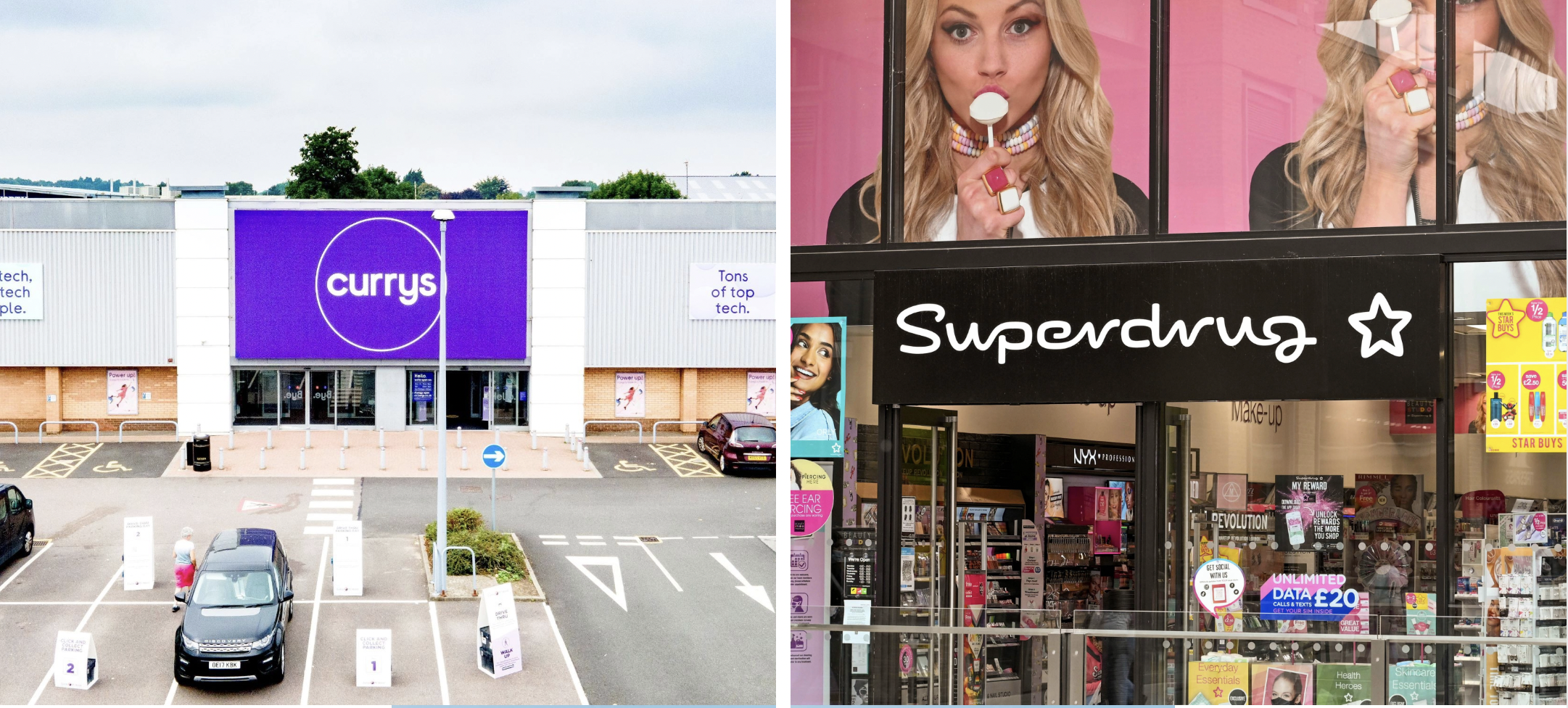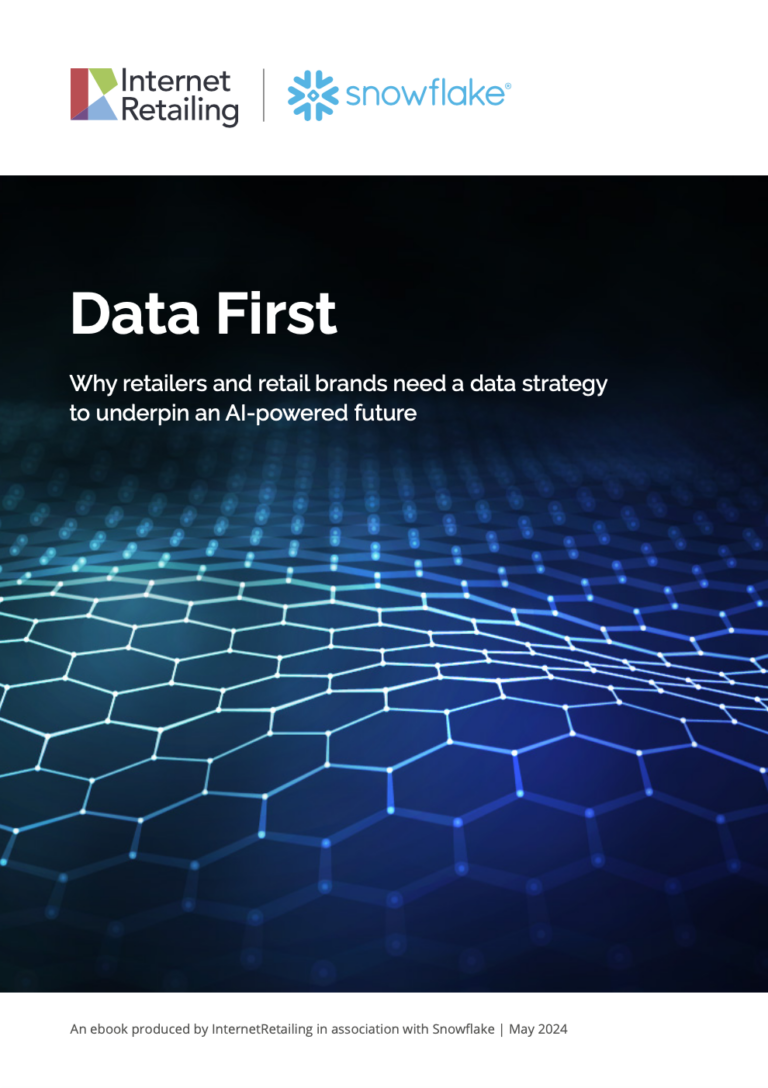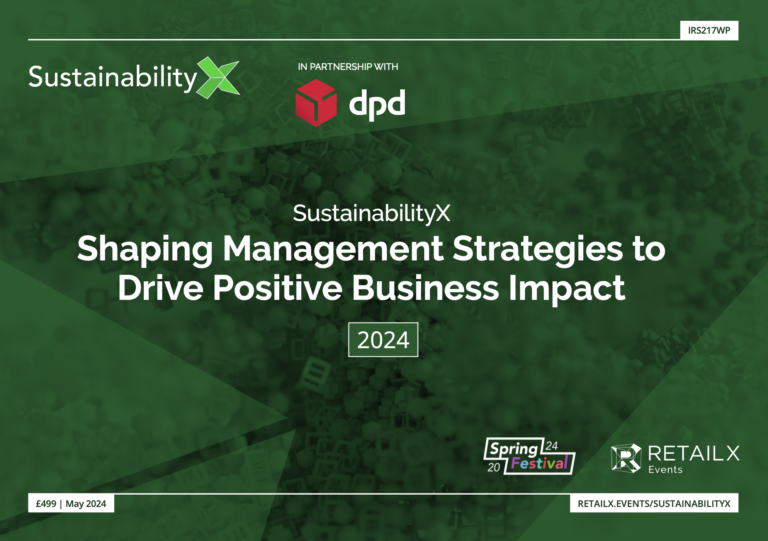The latest RetailX Brand Index Europe 2023 report highlights that the Top500 brands recognise that delivery adds most value when it is offered profitably.
Free delivery
Fewer brands will now deliver all orders for free (-1 percentage point (pp) to 23%). Brands selling jewellery (36%) and those selling across a number of sectors (29%) are most likely to do this, although fewer than 1% of brands selling maternity and children’s products deliver everything for free. Free delivery may be more expected in Italy, where 32% of brands selling to the market offer this as a blanket policy, followed by Germany (27%) and Greece (26%). Free delivery rarely happens in Iceland (less than 1%), Slovakia or Latvia (both 10%). In the UK, the proportion offering free delivery on everything fell by 1pp to 25%.
A larger group of brands (49%) now offer free delivery only when customers spend a minimum amount. This approach is most common among sports and leisure (68%), maternity and children’s (60%) and cosmetics (54%) brands, and when shipping to Ireland (55%), Poland and Spain (53%). Delivery times Standard delivery takes an average of 5.6 days to arrive and a median of five. Shoppers can expect to receive their deliveries faster from a software (average 4.4/median 4), cosmetics (4.99/4.8) or fashion (5.18/4.83) brand, or to the Netherlands (4.6/4), Austria (4.7/4) and Belgium (4.9/4).
Next-day delivery
There’s been a modest increase (+2pp to 29%) in the proportion of retailers offering next-day delivery since last year. In 2023, the service is most likely to be available from maternity and children’s (43%), fashion (34%), cosmetics and multi-sector (both 32%) brands, but less so from those selling consumer electronics (15%), software (18%) or jewellery (18%). Next-day delivery is most commonly found among brands selling to the UK (37%) and in Lithuania (37%). Less than 1% of those selling to Liechtenstein and 5% of those selling to Norway offer next-day delivery. No markets saw a reduction in the rate at which next-day delivery is offered and most saw no change. Czechia, Poland, Spain, Romania and Italy all saw 2pp increases.
Same-day and weekend delivery
Only 2% offer same-day delivery – a figure unchanged on last year. Slightly more homewares (3%) and consumer electronics (3%) brands take this approach but less than 1% of maternity and children’s or multi-sector brands do so. Shoppers in Iceland (6%) and Spain (5%) are the most likely to be able to use same-day delivery from a Top500 brand. 4% of retailers now deliver on a Sunday – 1pp higher than a year earlier. Maternity and children’s brands (20%) are the most likely to do so, followed by homewares brands (5%). Those offering Sunday delivery is highest in the UK (6%) and Ireland (3%). Slightly more deliver on a Saturday (9%), unchanged on last year. Again maternity and children’s brands (28%) are the most likely to do so, along with cosmetics (17%) and multi-sector brands (16%). But only 3% of consumer electronics and 5% of marketplace hosts do so. Saturday delivery is most commonly found in the UK (16%) and Ireland (7%).

What collection promises do brands make?
Collection is slightly less available from leading brands in 2023 than it was last year, following a 3pp decline to 35% among the 364 assessed on this metric both this year and last. Shoppers buying sports and leisure equipment and clothing are most likely to be able to pick up their online order from a store (47% offer this service), followed by those buying homewares (44%) and software (43%). 54% of brands selling to Luxembourg and Croatia support this service, followed by Malta (52%), Bulgaria and the UK (both 50%).
Brands have increased the rate at which they offer collection in Hungary and the UK (both +3pp year-on-year) and reduced it in Ireland (-6pp) and France (-5pp).
Where and when can shoppers pick up?
Brands enable their customers to pick up their online orders at an average of 1,840 stores in Europe, following an increase of 87 over the last year. Larger brands tend to have many more stores than smaller ones and the median (halfway point) brand supports collection from 70 stores – 38 fewer than last year. Collect from store is available in more stores in categories including homewares (average 1,050/ median 100), cosmetics (1,130/71), fashion (1,520/70) and sports and leisure (877/60). But while the average multi-sector brand has 1,630 shops, the median has only 20.
By market, brands selling to the UK support collection from more stores (1,190/68). Spain (1,060/14) is the next largest market by number of collect from store points, followed by France (905/4), Germany (733/3) and Belgium (673/30). Collection is available in an average of 82.6 hours (3.4 days) after an increase of nine minutes since last year, while the median brand promises collection in 74 hours (3.1 days). Shoppers can expect to collect their ecommerce orders more quickly from a consumer electronics (average 42.0 hours/median 40.4) or a jewellery brand (92.4/56.5) than from a fashion (84.1/75.9) or sports and leisure (87.8/77.3) brand. Collection seems to be fastest from brands selling to the Netherlands (61.2/60).
Next and same-day collection
As last year, 10% of brands advertise next-day collection on their websites, with jewellers (14%), homewares and fashion (both 11%) brands more likely to do so, as are those selling to Switzerland (13%) and the UK (12%).
Only a small minority of brands offer same-day collection (4%, unchanged on last year) to customers who order online. The service is more widely available from jewellery (8%) and homewares (6%) brands and when buying from Norway (8%) or Sweden (7%).
Cost of collection
Where brands charge for the collection service, they charge an average of €2.81, while the median brand charges €1, unchanged on last year. Consumer electronics brands charge the least, at an average of €2 and a median of €0.13, while cosmetics brands charge the most (€4.11/€1.73). Shoppers collecting an online order in Hungary can expect to pay the least (€0.68/0) and those in Portugal the most (€4.06/€1.06). 15% of brands support collection through their own lockers, although this is higher for jewellery brands (9%). Lockers are more often found in Luxembourg (7%), Croatia, Belgium and Austria (all 5%).
What returns promises do brands make?
Returns are an inevitable part of trading online. Dealing with them efficiently and in the way that is most effective for each brand is key both to keeping costs low and to reducing waste and, as a result, boosting profit per order, the key KPI of the Operations Value Chain. Pick-up from the house There’s been a fast rise among the Top500 brands now offering returns via a pick-up from the house. The proportion that offer this service has grown by 7pp to 18%. 33% of marketplace hosts offer this service, as do 31% of software brands and 30% of those selling sports and leisure equipment. The service is most commonly available in Portugal, where 30% of brands selling to this market offer the service, despite a 7pp decline.
There was particularly fast uptake in the UK market, where 28% of leading brands that sell to the market offer the service in 2023. Among the 305 brands that sell to the UK and were assessed on the metric both this year and last, 21% of brands will now send a courier to pick up a return. This is up by 16pp from 5% last year. Brands are less likely to take this approach when selling to Denmark (5%), Austria (6%) or Norway (6%).
Return by post
In 2023, 74% of the 374 brands assessed on this metric both this year and last enabled shoppers to return their online order by post. That’s 9pp lower than last year (83%). Fashion (78%), multi-sector (74%) and cosmetics (73%) brands are the most likely to support return by post, while 60% of brands selling maternity and children’s equipment and 62% of those selling consumer electronics do so. Shoppers are most likely to be able to send their returns by post when selling to Norway (94%), Sweden (+1pp to 92%) and Ireland (89%), while it’s less available in Finland (56%).
Return by drop-off at a third-party site In 2023, 16% of brands enable their customers to drop off an unwanted order at a third-party location, such as a collections point. That rises to 30% among maternity and children’s brands, 23% among multi-sector brands and 20% among fashion brands. It is less commonly found among brands selling consumer electronics (5%) and cosmetics (6%). 43% of brands that sell to Portugal support third-party returns points, as do 35% of those selling to Switzerland. Fewer brands selling to Latvia (5%) or the UK (13%) take this approach. Returns fee Where brands charge a returns fee, the average cost comes in at €9.71 in 2023, while the median fee is €5, the same as last year.
This feature was authored by Chloe Rigby and originally appeared in the RetailX Brand Index 2023 report
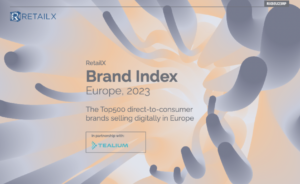
The Brand Index 2023 is designed to enable brands of all sizes to see how they measure up to the performance of leading brands that sell in some of the world’s largest markets, as well as to understand and to learn from what works for market leaders. Download in full here.

